The incidence of end stage kidney disease is increasing at an alarming rate, thus prompting interest to monitor the development of disease and impact of the safety and efficacy of therapy in rodent models for translation to humans. Utilizing MSOT, researchers have shown it is possible to monitor kidney function through the clearance of dyes like IR800CW at video rate while maintaining sub-organ resolution. This simple tool not only provides a rapid assessment of current renal function, but also elucidates how disease and therapy can impact individual regions of an organ.

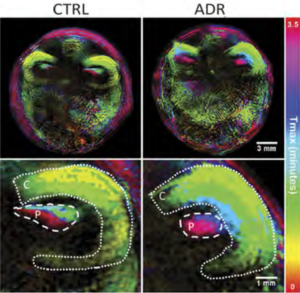
Parametric maps of Tmax MSOT signals in control or adriamycin-intoxicated mouse kidney
The injection of a dye filtered through the kidneys can be used to create temporal color maps of concentration and maximum retention times in mice with nephropathy. ROI analysis of dye clearance measured with MSOT can differentiate kinetics in the renal cortex and pelvis.
Scarfe et al. Sci. Rep. 2015
MSOT shows slowed toxin clearance in mice with nephropathy compared to control mice. These measurements have also shown a good correlation with histological evaluation of abnormal glomeruli. Thus, MSOT can provide a surrogate indicator of glomerular function.
Scarfe et al. Sci. Rep. 2015
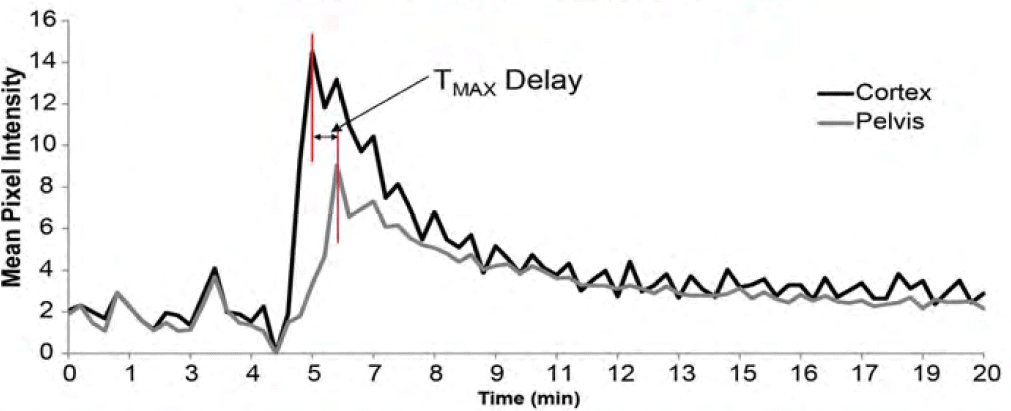
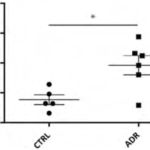
The interval between maximum MSOT signal measured in the renal cortex and pelvis quantified in control and adriamycin-intoxicated mice, and compared to modeling of cortical MSOT measurements
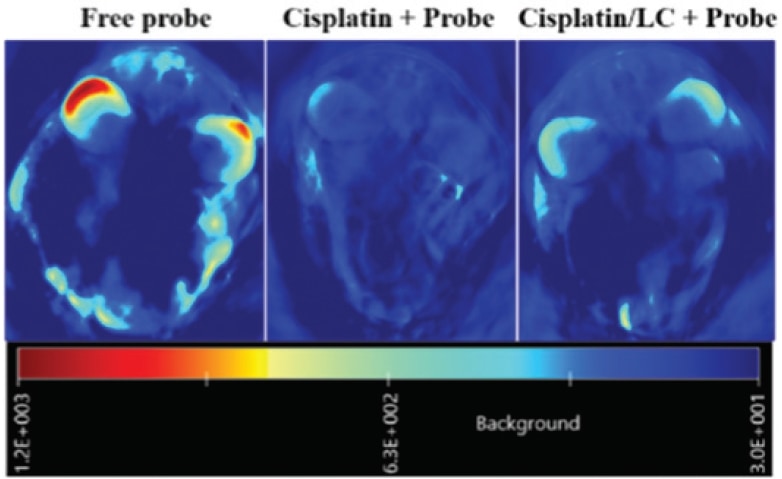
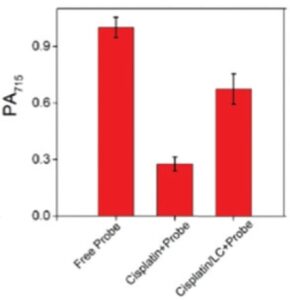
Imaging of a novel peroxynitrite-sensitive compound, SiRho-HD, in the kidneys in control or cisplatin-intoxicated mice.
In addition to using agents that are filtered through the kidney as a surrogate for GFR measurements, smart probes whose absorbance changes in the presence of peroxynitrite can be used in conjunction with MSOT to image oxidative stress in the kidney.
Liu et al. Chem Commun (Camb). 2020